Botswana is a beautiful landlocked country on the southern side of Africa. Like many parts of Africa, you will find that the abundance of natural forest areas has made it a hub for amazing wildlife and vegetation. The delta prominently provides the perennial water hole for most animals that even migrate from other countries during the dry spells. The lands seemed long inhabited by the bushmen who hunted the game. Now with awareness, these places have become game reserves that draw hoards of visitors every year.
Chobe National Park
It is one of the best parks that you get to see in the southern parts of Africa. You will find that flora and fauna of the region are atypically different from the rest of the continent. The variation in every species of vegetation, as well as the wildlife, proves to be a big draw for the park. Close to the gateway to the park, the visitors can find very nice places for boarding and lodging. You could also check into places in and around the park, giving you the choice of unfenced camping to tented camps and luxury lodges.
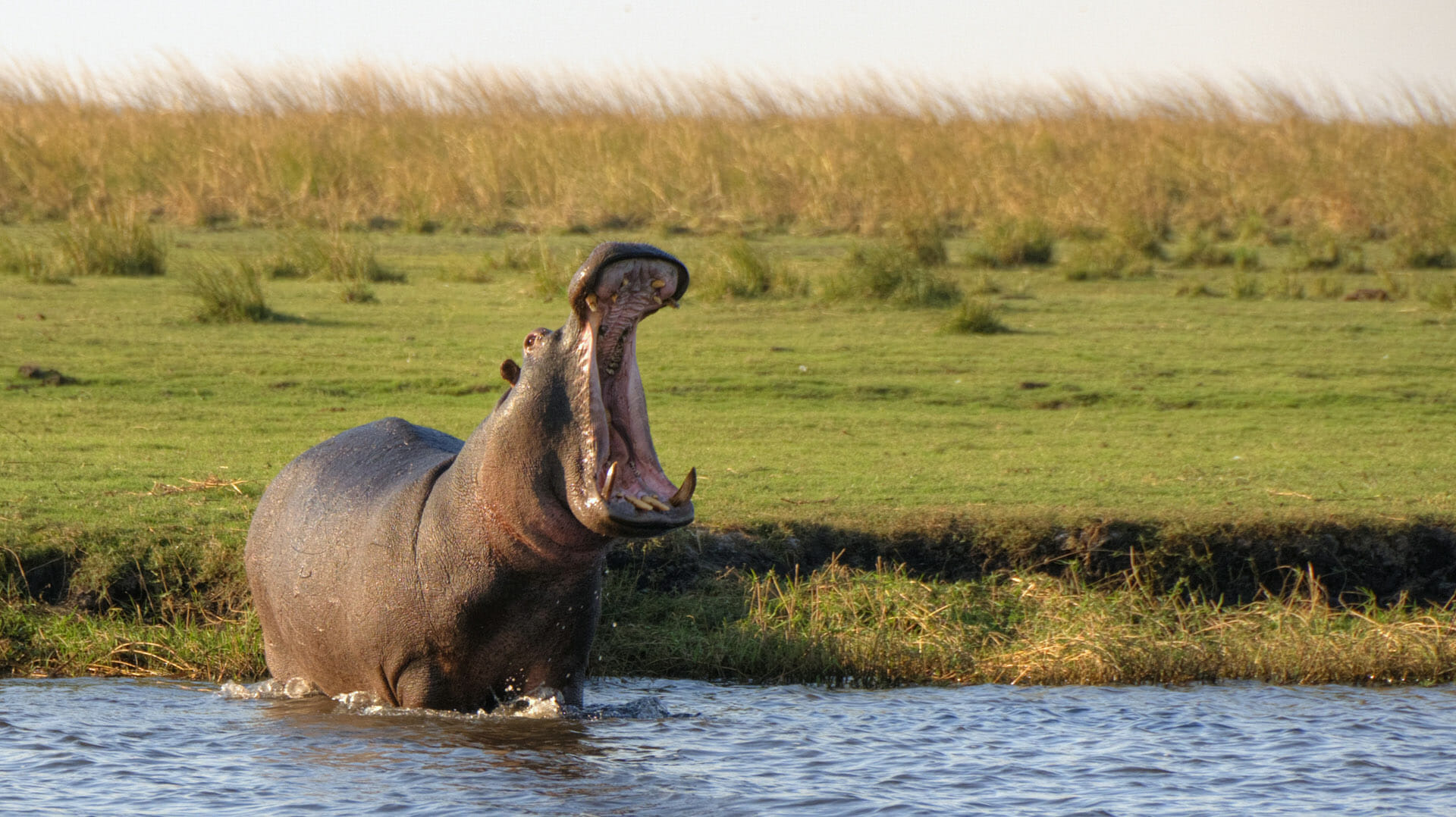
The abundance of greenery and wildlife is predominantly because of the several waterways in the park. Even during the dry season, a lot of other birds and animals flock to this part of the land to quench their thirst. The tourists can opt for boat cruises on these waterways and get a chance for game drives. Those who want to capture images have a once-in-a-lifetime opportunity at the stunning images of wildlife frolicking in the water in large herds.
Okavango Delta
Due to the flooded plains, the perennial marshlands happen to be one of the few deltas that don’t flow into the sea or ocean. The river Okavango floods during the dry season, keeping the wetland system intact, resulting in a unique growth of vegetation and diverse wildlife. The biodiversity has adapted to the climate and atmosphere of the delta. The place is popular to house the fastest animal on earth, the cheetah and other endangered species such as the white rhinoceros, black rhino, the African black dog and lions in this region.
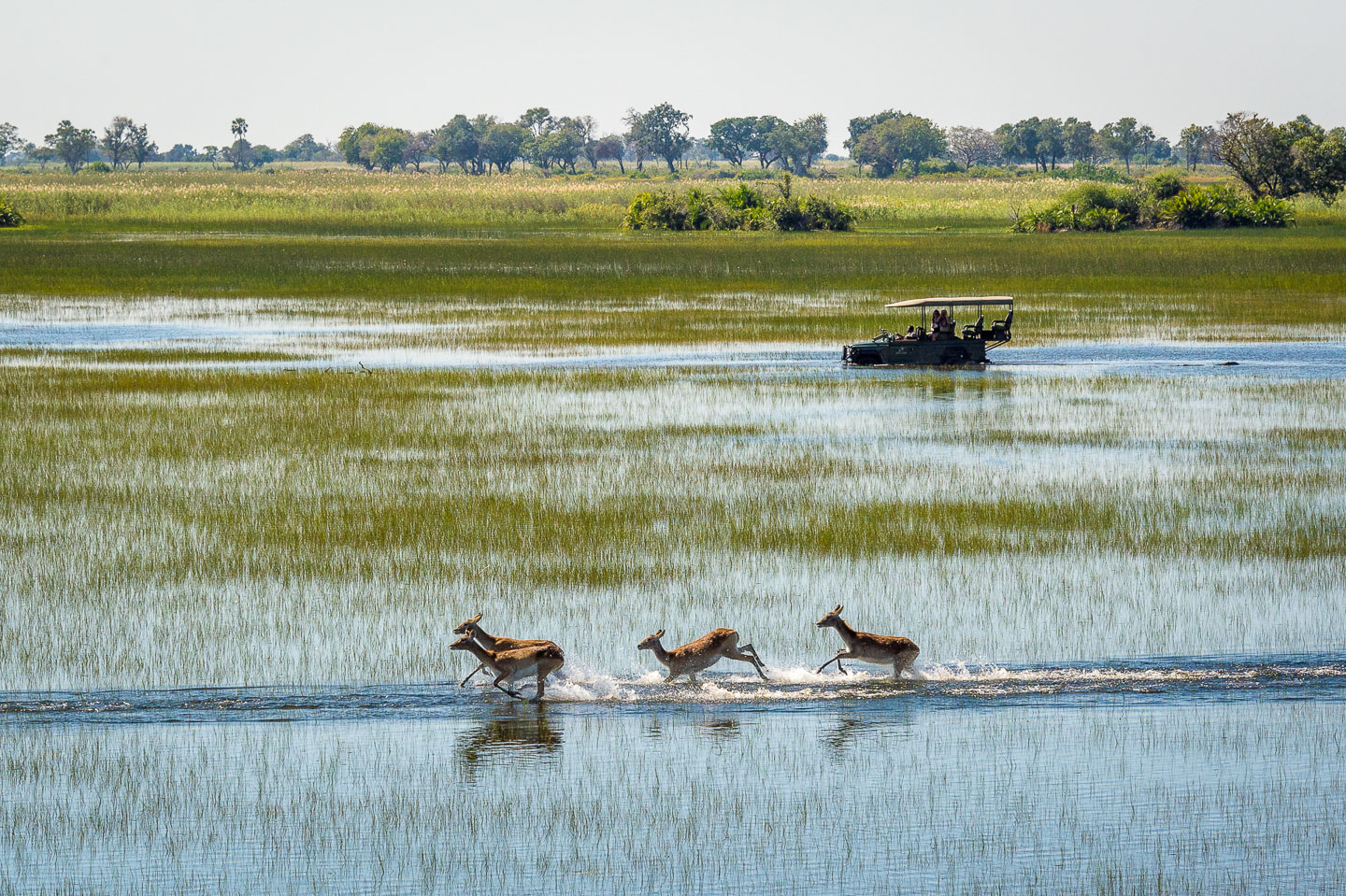
The delta is a part of the world heritage site, this inland delta system wherein you will the water drains into the desert sands of the Kalahari basin. The fertility of the delta plain is due to the presence of alluvial soil. Visitors are in for a treat when herds of African elephants, buffalos, Red lechwe, Zebra, etc., traverse the dry sandy regions through their long migration across the Kalahari desert Okavango river splashing and drinking from it.
Tsodilo Hills
The Tsodilo Hills are known for ‘Rock art,’ which has survived 100,000 years. The art is inspired by the ancestral spirits that happen to frequent the place, as believed by the locals. The massive quartzite rock formations are considered a place of worship as a sacred cultural landscape. With 4500 paintings on the rock, it gets regarded as the ‘Louvre of the Desert. Some of the paintings are large and imposing primarily on the shelters and caves made during the paleolithic age.
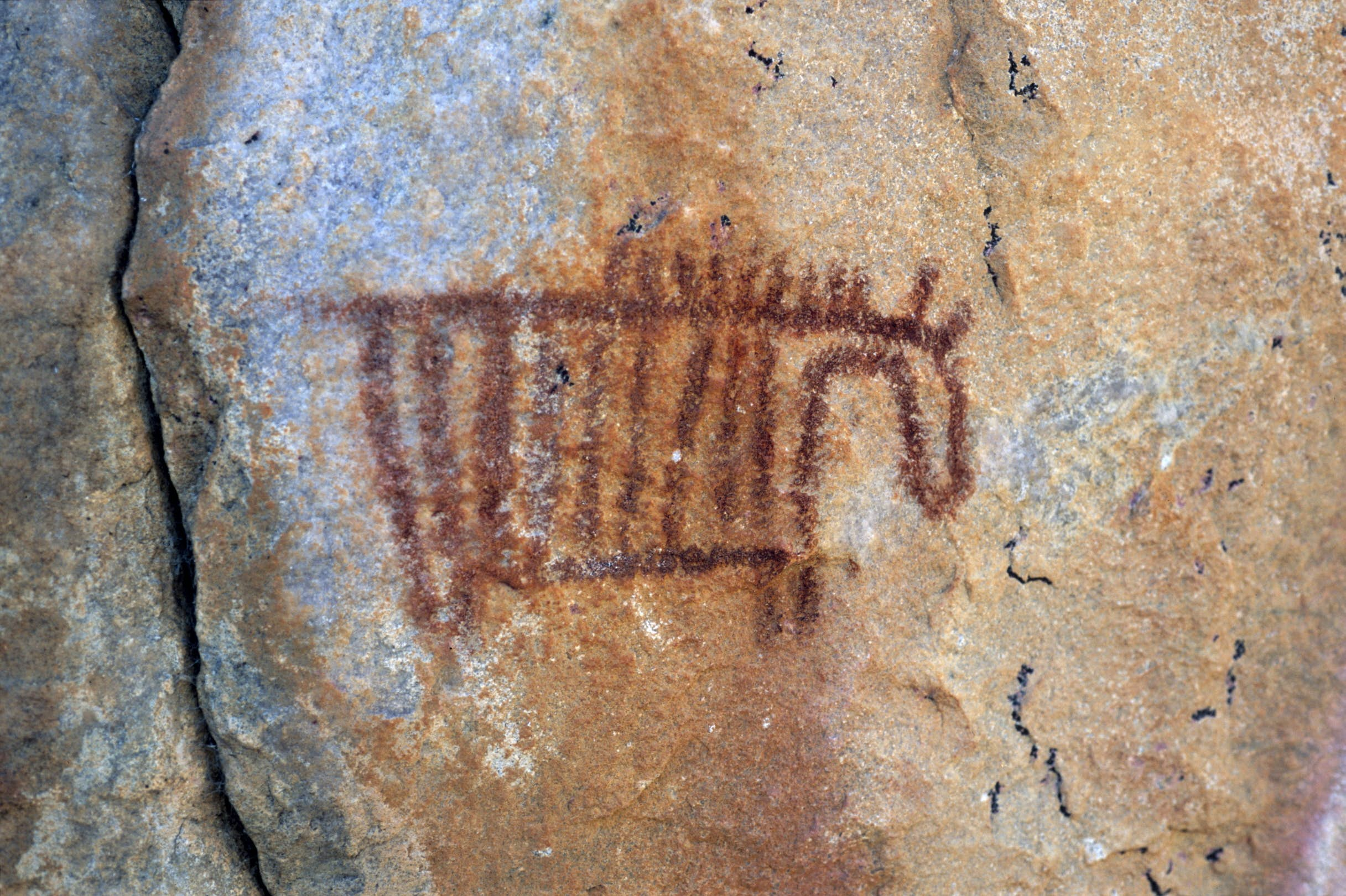
The remoteness of the region has kept these paintings well preserved over the years. The art has the least human damage because of the low density of the population. The art is original and the techniques and materials used still marvel those who get to see them. Being a part of the heritage site has helped the region to gain more popularity.
Also Read: Travel Zimbabwe; Paradise For Wildlife, Safari and Nature Lovers
Nxai Pan National Park
The park has some of the giant salt pans in the region, explicitly attracting large herds of animals. The rainy season has become an excellent cause for several animals to settle in this region. Giant baobab trees surround the landscape. A pride of lions frequents the watering hole in the place. ‘Nxa’ means curved stick used to dig out spring hares is from which the name of the park seems derived and the park happens to be shaped that way.
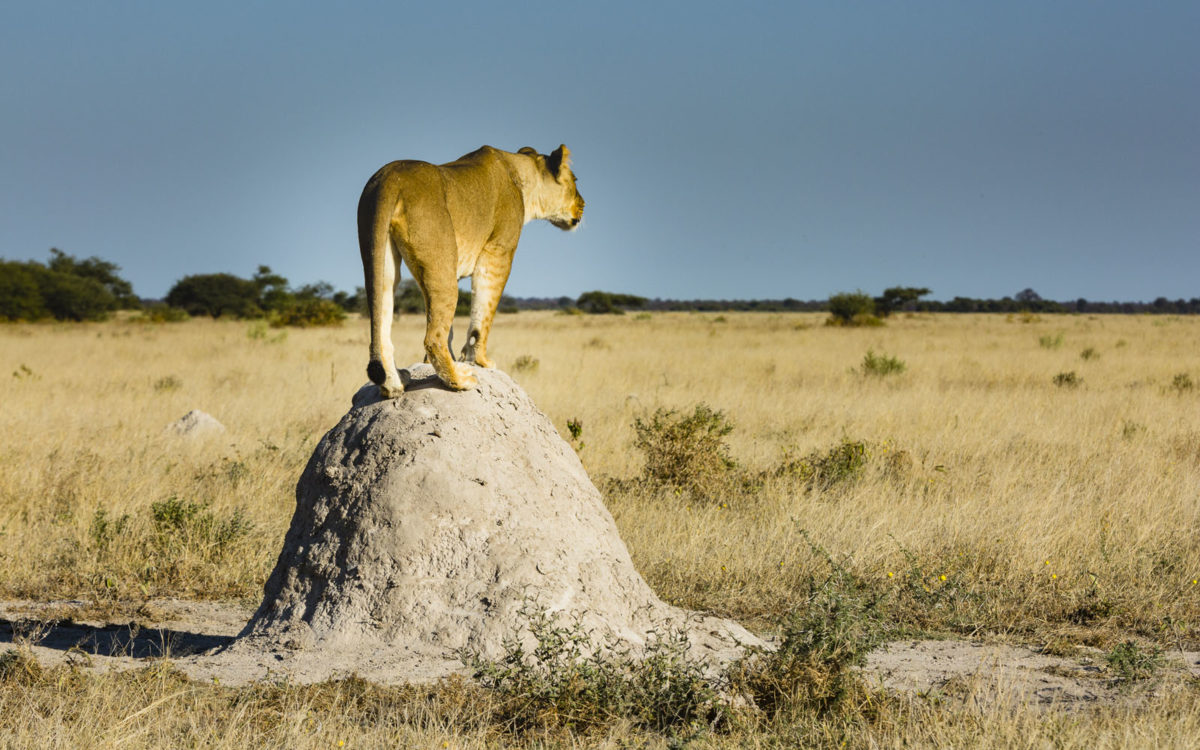
The park has two main pans, The Nxai and the Kudiakam pans, which are part of the park. The park happens to be the migratory route of the large animal herds such as the Lions, Giraffes, Kudus, Jackels, springboks, impalas and bat-eared foxes. It’s a good time for visitors to plan a trip during the rainy season. You will get to see a flock of other animals which increases, such as the oryx antelopes, elephants and several herds of Zebra, ostriches, as well as other bird species.
Tuli block
The Tuli block is known for its game farms, lodges and reserves. The greenery of this place is the main attraction with massive Nyla trees known as Mashutu in this region, as well as the fever trees near the Limpopo river. There are as many as 600 elephants in the area, with an equally good chance to check out the Klipspringers and rock hyrax.
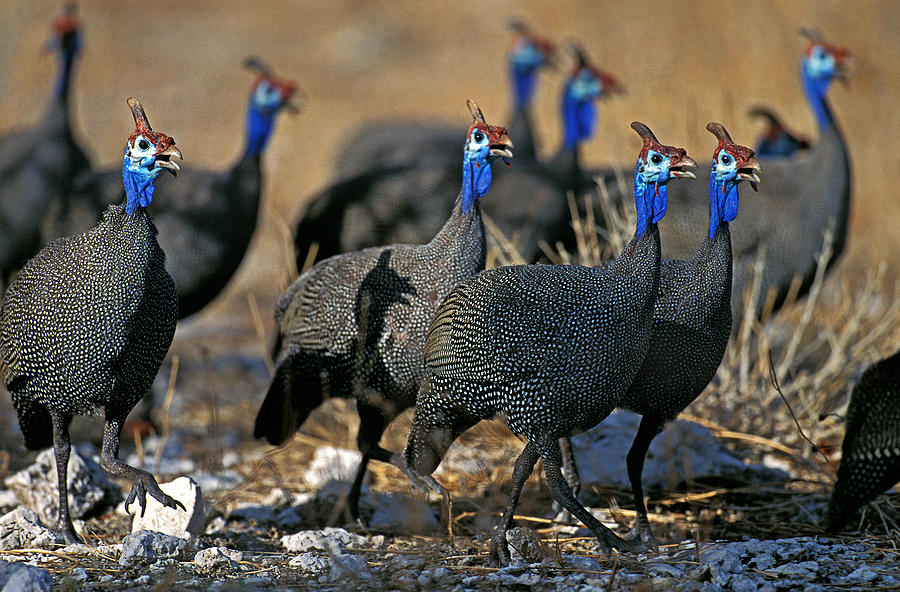
The place is known for the seven giants, including the African elephant, the lion, the giraffe, the baobab tree, the eland, the ostrich and the kori bustard. You could get a good chance to spot these if you take a horseback ride through the game reserves. Pick out the dry season for a visit because you then see the wonderful congregation of animals for the available water.
Kgalagadi Tranfrontier Park
The place comes under nature conservation area especially to protect the migratory animal population. The red dunes and shrubbery of the region are home to species such as the Gemsbok, Gnu, springbok and hartebeest. You could find the occasional lions, the caracals, wild dogs, black-headed jackals and ostriches form a part of the wildlife in the region.
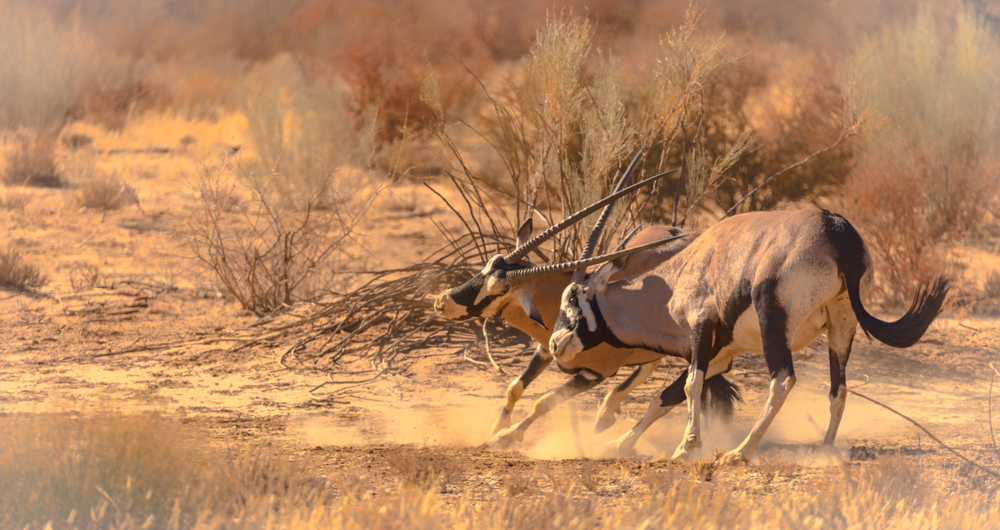
Surrounded by camel thorn trees that shade the area, the park has scrub fade that mix up the vegetation of the area. The rare sightings of the huge black-maned lions and leopards are what visitors from all over the world come to Kgalagadi Transfrontier Park.
Mokolodi Game Reserve
It is a place wherein nature lovers will never want to leave because the picturesque lake Gwithian with a riverine terrain among the rock hills houses a diverse set of animals. You can find the kudu, warthog, duiker, giraffe, steenbok, waterbuck, baboons, vervet monkeys, mountain reedbuck, eland, bushbuck and leopard.
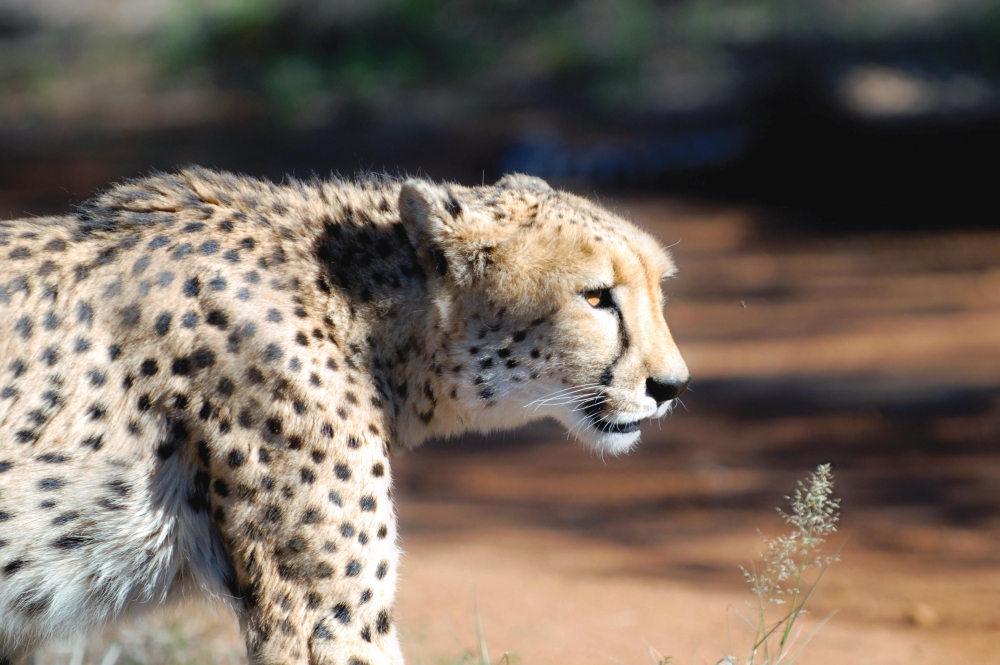
The white rhino, a highly endangered species, has been reintroduced and a breeding program has gotten incorporated. And at present, you can check eight rhinos in the fold. The game reserve also has a reptile park and wildlife sanctuary that caters to disabled and orphaned animals, wherein they are looked at and treated before let into the wild.
Moremi Game Reserve
The Okavango River is a prominent part of why this game reserve exists as this largest river system on the continent drains into the place to bring on the diversity of the wildlife and birdlife contrast to the rest of the region. The landscape has in the delta region is the calling card for visitors to check out the place.
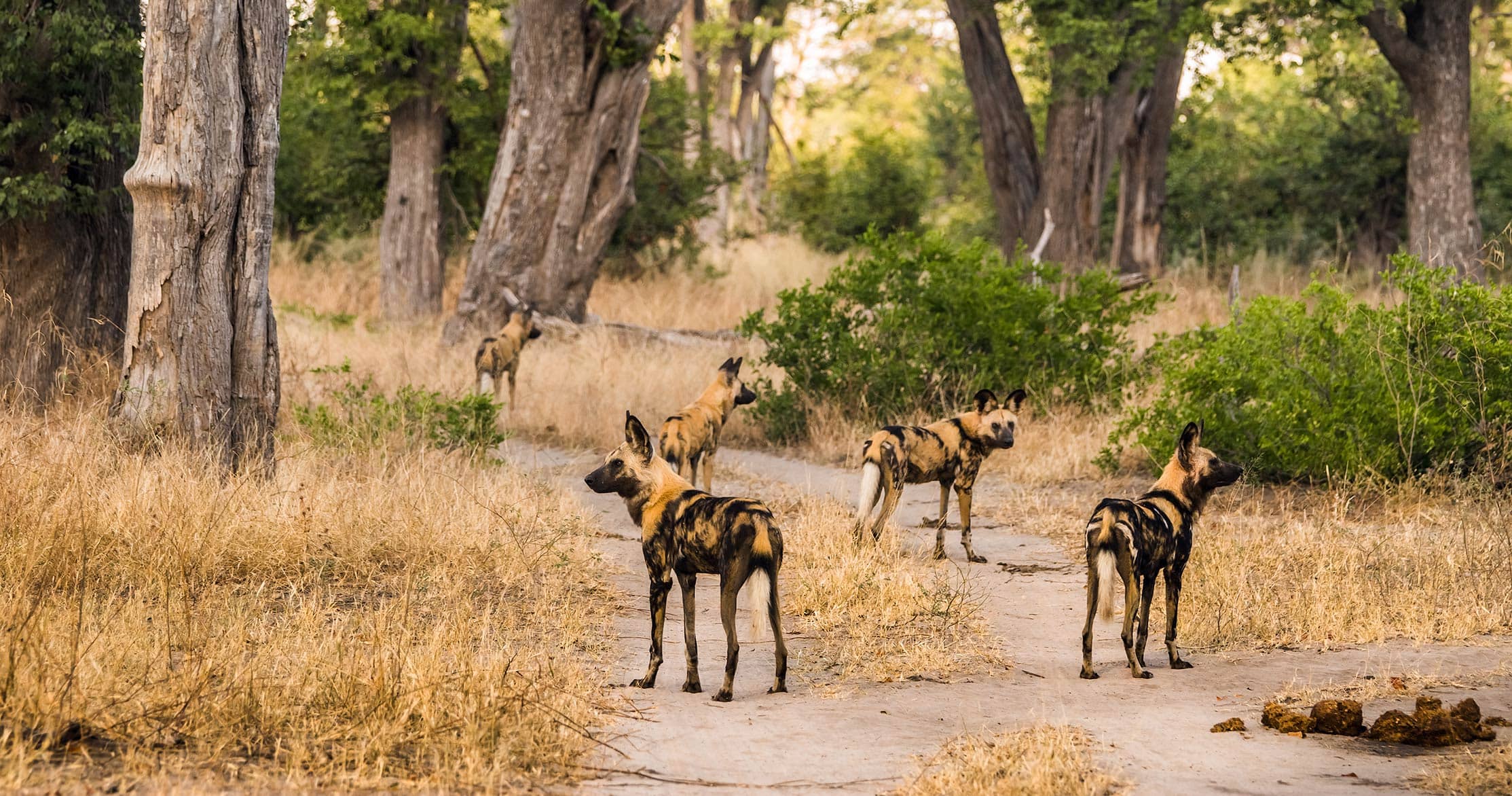
The Moremi game reserve boasts of the largest group of African wild dogs, also known as painted dogs. With 450 bird species and 160, various animal species and the 155 reptile ones accompanying 35 amphibian species that live together with 1500 plant species make up this wonderful place.
Khama Rhino Sanctuary
A sanctuary dedicated to rhinos, especially the white one, though it is home to both black and white rhinos, is rare but found in Botswana. It is a special place where you find the reintroduction and breeding techniques to help this endangered species get protected from greedy poachers. The gamble has paid off, with a couple of baby rhinos now finding a new home to live safely in. There is also other wildlife to check out when you go out on game drives, birding, bushwalks.
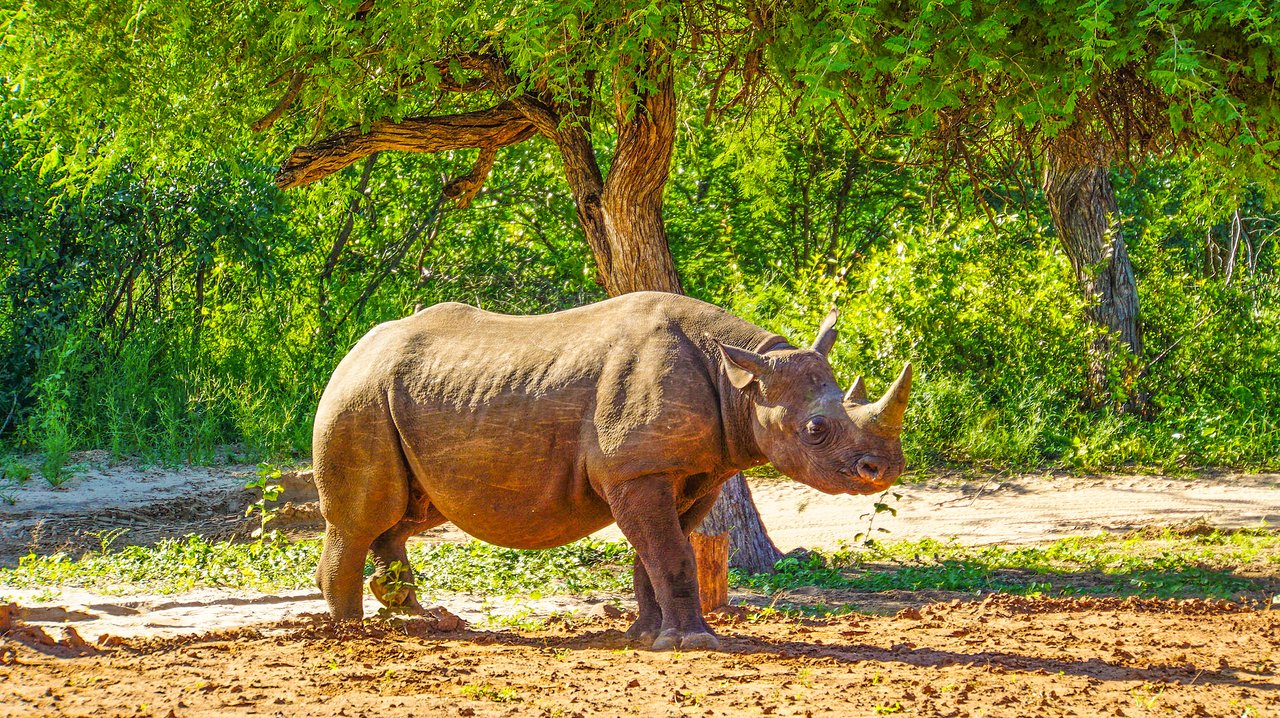
Also Read: Top Wildlife Safari Destinations Across the World
Visiting Botswana is most satisfying as you go from one game reserve to other you will be surprised at the sheer pleasure of watching wildlife so closely and how they live in tandem with nature. The species are acutely aware of each other and distinctly work to keep the ecosystem going. If you are an animal lover or wildlife enthusiast, you will take back something from this trip, for sure!

